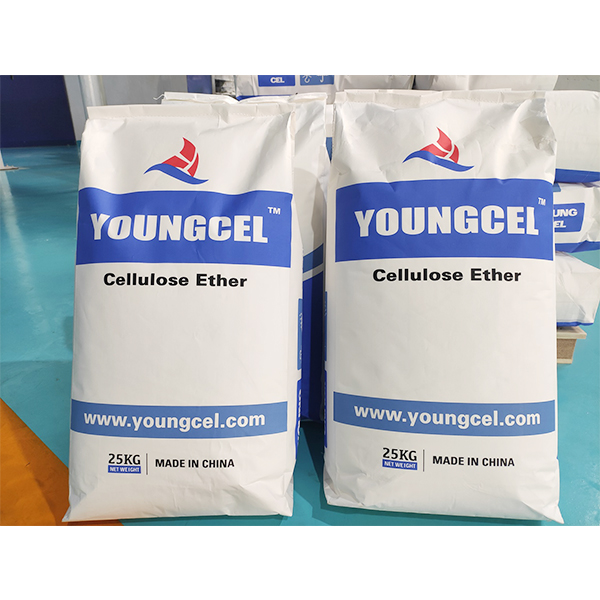Understanding HPMC Detergent Grade Properties, Applications, and Benefits
Hydroxypropyl Methylcellulose (HPMC) is a versatile cellulose ether that has gained significant popularity across various industries, including pharmaceuticals, food, cosmetics, and construction. Among its various grades, HPMC detergent grade holds particular significance due to its unique properties and applications. This article will explore the characteristics, uses, and advantages of HPMC detergent grade, providing a comprehensive understanding of its role in modern formulations.
Properties of HPMC Detergent Grade
HPMC is a semi-synthetic polymer derived from natural cellulose. The detergent grade specifically refers to its formulation optimized for use in cleaning products. Some key properties of HPMC detergent grade include
1. High Solubility HPMC detergent grade dissolves easily in water, forming a transparent and viscous solution. This solubility enhances its ability to interact with various surfactants and other ingredients in detergent formulations. 2. Thickening Agent Its thickening properties make it an ideal additive in liquid detergents, providing desired viscosity and stability. This feature ensures that the detergent maintains its consistency over time, which is crucial for consumer satisfaction.
3. Biodegradability Being derived from natural cellulose, HPMC is biodegradable and environmentally friendly. This is increasingly important in today’s market as consumers seek sustainable and eco-friendly cleaning solutions.
4. Film-Forming Ability HPMC can form a thin film when applied, which helps in adhering the detergent active ingredients to surfaces and fabrics. This increases the efficacy of the cleaning process.
Applications of HPMC Detergent Grade
HPMC detergent grade is utilized in a variety of cleaning products and formulations, including
2. Powdered Cleaners HPMC can be used as a binder in powdered laundry detergents, helping to maintain the uniformity and performance of the product during storage and use.
hpmc detergent grade

3. Surface Cleaners In household and industrial surface cleaners, HPMC improves the product's texture and performance, ensuring that it spreads evenly across surfaces for effective cleaning.
4. Personal Care Products Beyond cleaning, HPMC is also incorporated into personal care items, such as shampoos and body washes, providing viscosity and enhancing texture.
Benefits of Using HPMC Detergent Grade
The inclusion of HPMC in detergent formulations offers several advantages
1. Enhanced Cleaning Efficiency HPMC helps to solubilize and stabilize other ingredients, enhancing their effectiveness in breaking down dirt and stains.
2. Improved Product Stability The thickening properties of HPMC confer stability to detergent products, reducing sedimentation and separation over time.
3. User-Friendly Application The viscosity and film-forming ability of HPMC allow for easier application and better adhesion of the detergent to various surfaces, ensuring thorough cleaning.
4. Safety and Non-Toxicity HPMC is generally recognized as safe (GRAS) for use in various applications, making it an ideal choice for household and personal care products, particularly those used in homes with children and pets.
5. Customization HPMC can be tailored to meet specific formulation requirements, enabling manufacturers to create customized products that cater to diverse consumer needs.
Conclusion
HPMC detergent grade represents a vital component in the formulation of modern cleaning products. Its unique properties not only enhance the efficiency and stability of detergents but also align with contemporary demands for environmentally friendly solutions. As consumers continue to seek effective and sustainable cleaning options, the role of HPMC in the detergent industry is likely to expand, driving innovation and development in formulation science. By understanding the benefits and applications of HPMC detergent grade, manufacturers can leverage this powerful ingredient to meet the evolving needs of consumers and contribute to a cleaner, healthier planet.
-
The Application and Significance of Construction RdpNewsMay.19,2025
-
Industrial Grade HpmcNewsMay.19,2025
-
Building Coating Adhesive Building Coating Adhesive HpmcNewsMay.19,2025
-
Application Of Hpmc For Detergent For Detergent In DetergentsNewsMay.19,2025
-
Application Of Hpmc Cellulose In Cement-Based MaterialsNewsMay.19,2025
-
Application Of High Quality Hpmc For Construction In The Field Of ConstructionNewsMay.19,2025




